According to camera-wiki.org, the Voigtlander Vitoret was in production between 1960 and 1971. At the time this 35mm camera was a low-cost camera for the mass market. It has a non-exchangeable Vaskar f/2.8 50mm lens. The Prontor shutter offers 1/125s, 1/60s, 1/30s & B; rather limited but more than adequate. The apertures are from f/2.8 to f/22. It has an Accessory Shoe on the top and a film counter at the bottom of the camera. The focus range is from 3.5ft to ∞. It does not have a built-in light meter and hence no film speed settings.
Many years ago, I was in a local charity shop when I spotted a Voigtlander Vitoret, a small range finder camera, sitting on a shelf waiting for someone to pick it up. As a photographer I could not resist the temptation to inspect it. The first impression was that this small metal camera felt sturdy, compared to its contemporary plastic counterparts. The lens was clear with no blemishes. I tried all the shutter speeds and, to my surprise, they all worked ok as they should, also the shutter mechanism cocked and released smoothly. Everything seemed good so I paid the grand sum of £10.00 which was the ticket price.
When I got home, I placed it on a shelf in my camera cabinet and forgot about it until one day, my brother-in-law gave me a roll of Kodak Gold 200 which was 8 years out of date. It immediately prompted me to think about this camera. I thought the combination of the 50-60 year old camera and a roll of film 8 years out of date would be very interesting indeed.
I started with a few experimental shots of mundane objects around the house with this vintage camera but thought I needed to concentrate on a theme. As it was autumn and one of my favourite subjects were trees, I packed up and went to the local arboretum. That day the light was both subdued and plentiful, which was ideal for revealing colours and shapes without harsh contrast, intense shadows or highlights. As I stated previously I was curious about the potential results that the vintage lens and out of date emulsion would bring.
I had a great time with this camera. It was simple to use and once I established the ambient light level, I set a shutter speed and an aperture and started to look for subjects. It sat snugly in my hands due to being slightly larger than a modern point and shoot camera. The weight of the camera felt just right due to metal construction. All the adjustment dials are on the barrel of the lens, so I could easily see everything at a glance. The range viewfinder was bright with a clearly defined frame border.
I exposed approx 20 frames in the arboretum with the Vitoret and chose five favourite frames for this journal. I hope viewers agree that these images convey the autumn mood well.
When I scanned the developed film, it clearly showed how sharp the lens is, which was a pleasant surprise, given the age of the camera. During the scanning process, I turned off the automatic adjustments in order to faithfully reserve what had been recorded on the film. Then I opened these negative images in Photoshop, manually inverted them to positive images and removed the film based colour cast.
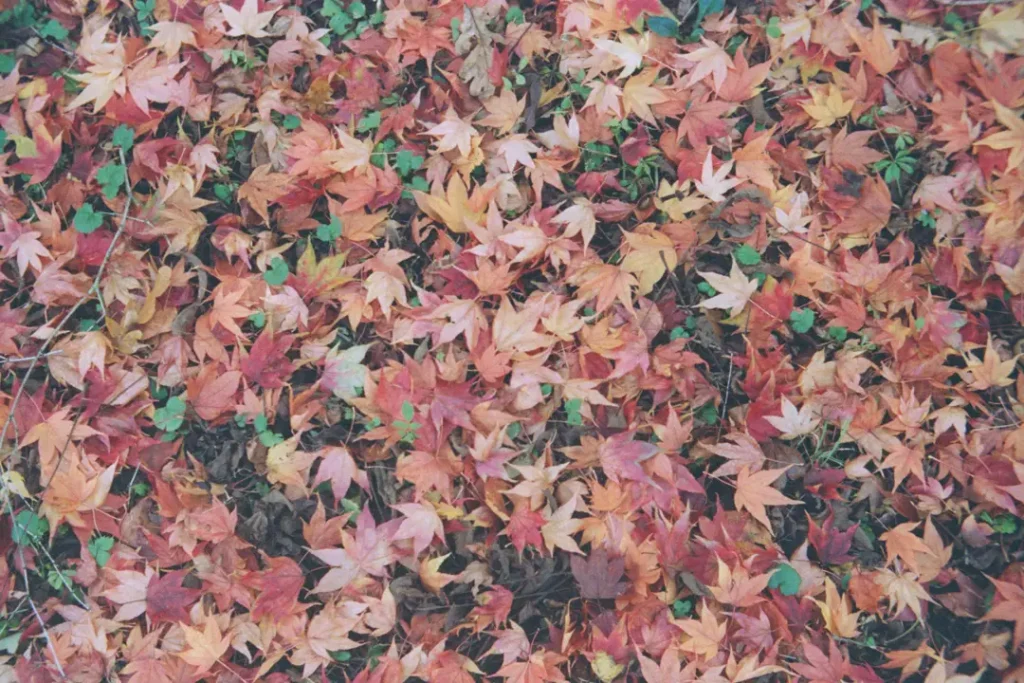
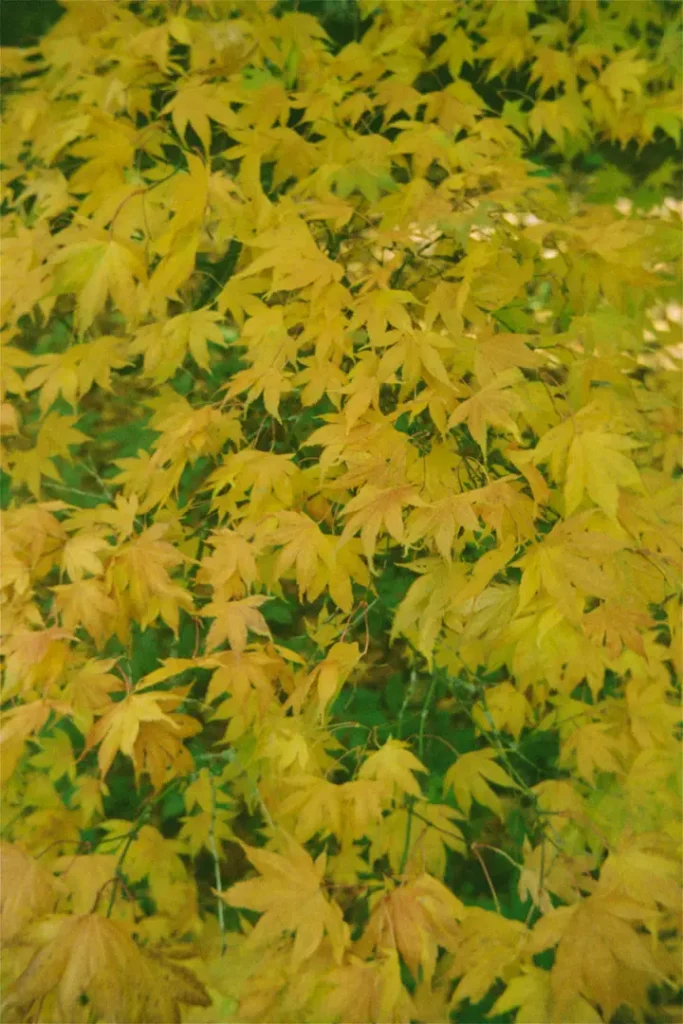
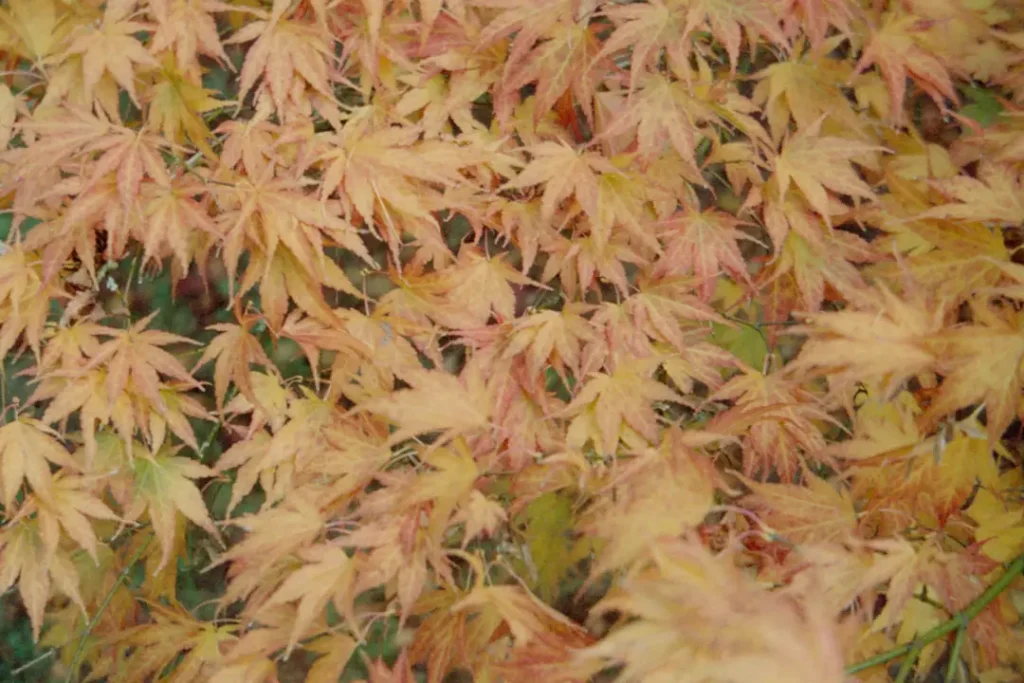
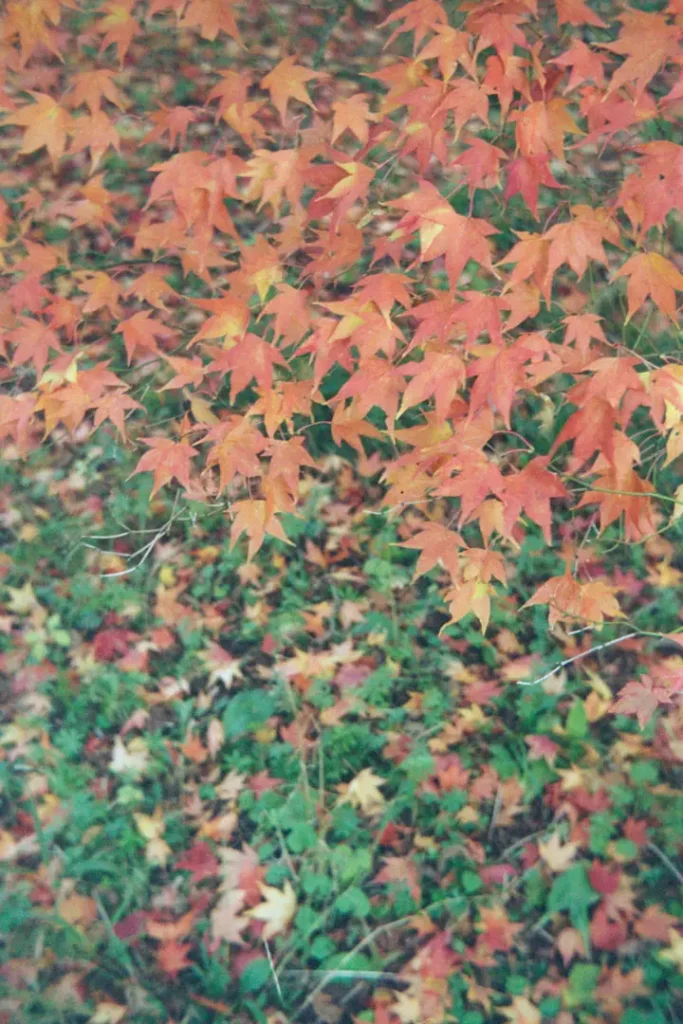
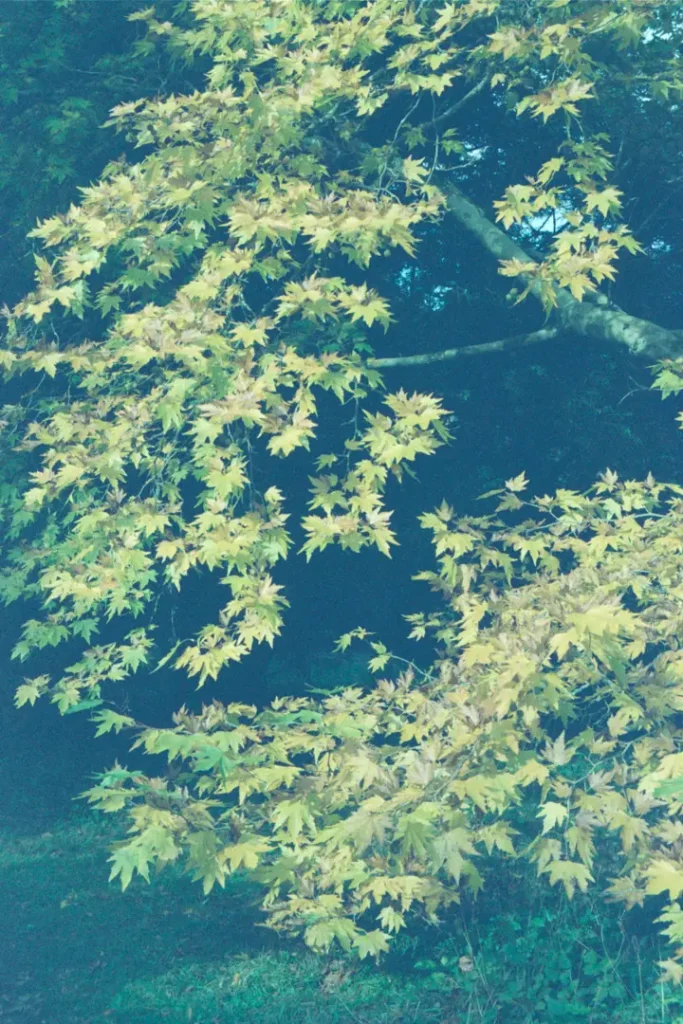
The rendition of colours in these images are not typical of Kodak Gold, ie saturated colours. Instead the images are somewhat muted, which, I think, creates the atmosphere of autumn well.
Unfortunately after my first session with this camera, I discovered that the 1/30s and B shutter speeds no longer function properly. However I guess 1/60s and 1/25s will serve the purpose, should I want to take it out again.
I hope you enjoy the images.
Share this post:
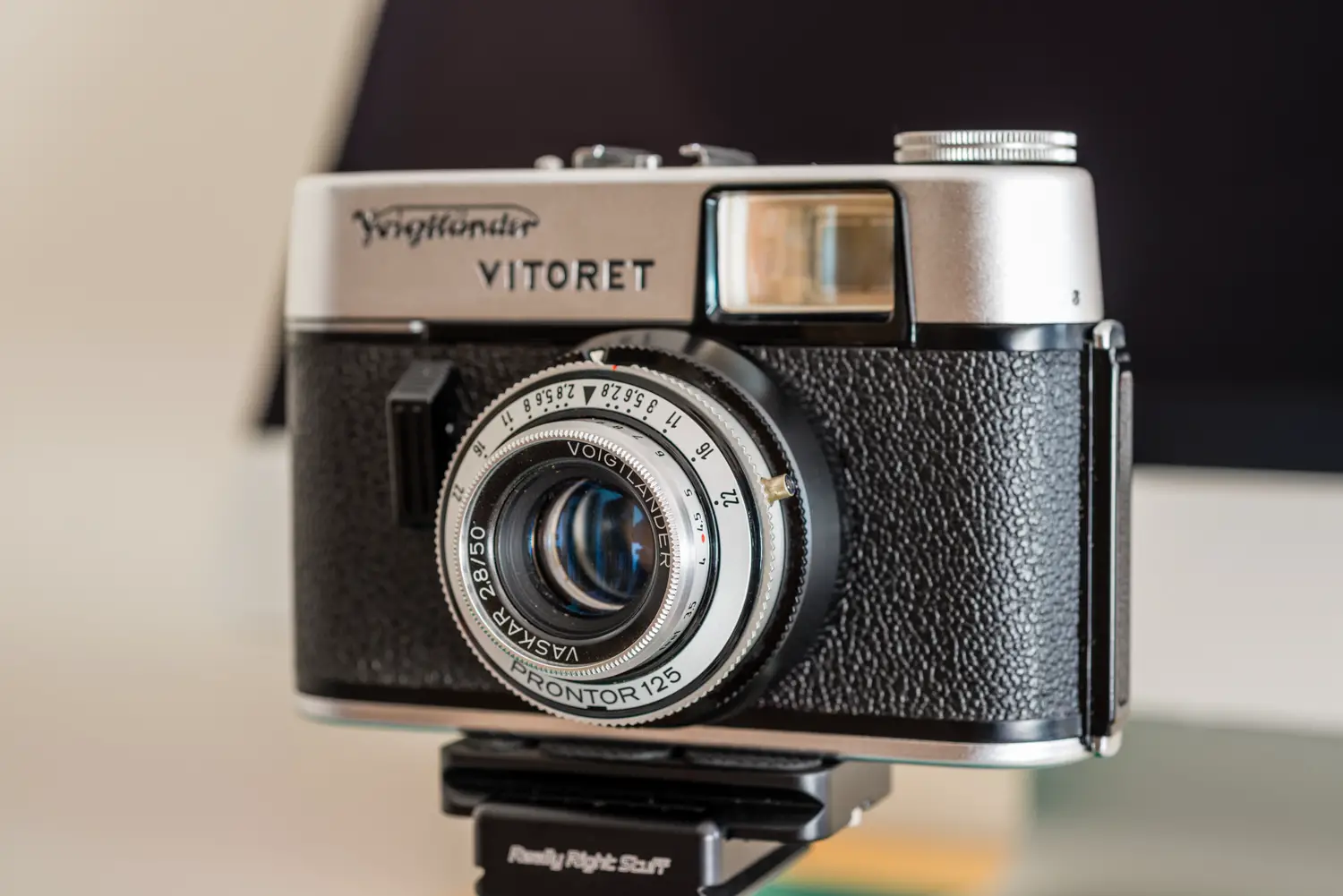








Comments
Jens Knappe on 5 Frames With A Voigtlander VITORET And Expired Kodak Gold 200 – By Iksung Nah
Comment posted: 05/02/2022
I can recommend an italian photographer, Gian Zeme. He set a wonderful " 2000 Voigtländer Vitoret LR album " on Flickr.
Comment posted: 05/02/2022
Comment posted: 05/02/2022